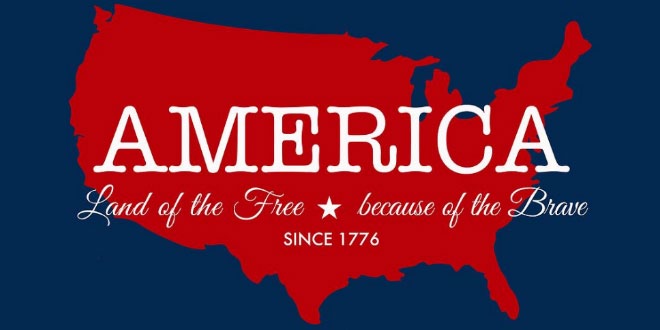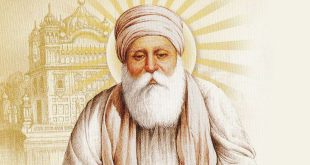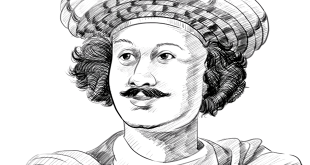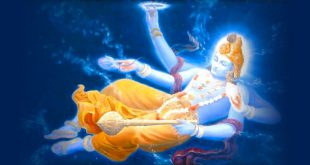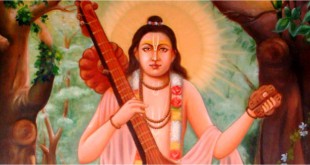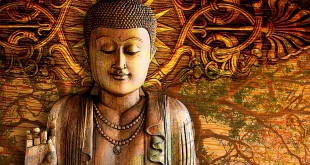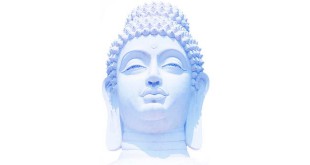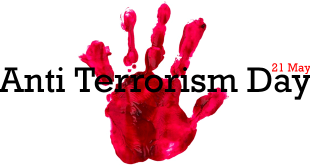Independence Day is the national day of the United States.
Fourth of July: Background
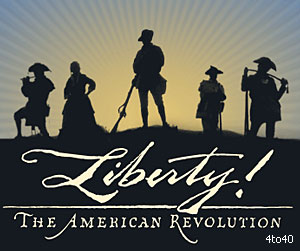 During the American Revolution, the legal separation of the American colonies from Great Britain occurred on July 2, 1776, when the Second Continental Congress voted to approve a resolution of independence that had been proposed in June by Richard Henry Lee of Virginia. After voting for independence, Congress turned its attention to the Declaration of Independence, a statement explaining this decision, which had been prepared by a committee but with Thomas Jefferson as its principal author. Congress debated and revised the Declaration, finally approving it on July 4. A day earlier, John Adams had written to his wife Abigail:
During the American Revolution, the legal separation of the American colonies from Great Britain occurred on July 2, 1776, when the Second Continental Congress voted to approve a resolution of independence that had been proposed in June by Richard Henry Lee of Virginia. After voting for independence, Congress turned its attention to the Declaration of Independence, a statement explaining this decision, which had been prepared by a committee but with Thomas Jefferson as its principal author. Congress debated and revised the Declaration, finally approving it on July 4. A day earlier, John Adams had written to his wife Abigail:
The second day of July, 1776, will be the most memorable epoch in the history of America. I am apt to believe that it will be celebrated by succeeding generations as the great anniversary festival. It ought to be commemorated as the day of deliverance, by solemn acts of devotion to God Almighty. It ought to be solemnized with pomp and parade, with shows, games, sports, guns, bells, bonfires, and illuminations, from one end of this continent to the other, from this time forward forever more.
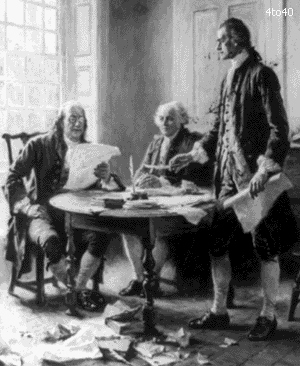 Adams’ prediction was off by two days. From the outset, Americans celebrated independence on July 4, the date shown on the much-publicized Declaration of Independence, rather than on July 2, the date the resolution of independence was approved in a closed session of Fourth of July: Independence Day of America Congress.
Adams’ prediction was off by two days. From the outset, Americans celebrated independence on July 4, the date shown on the much-publicized Declaration of Independence, rather than on July 2, the date the resolution of independence was approved in a closed session of Fourth of July: Independence Day of America Congress.
One of the most enduring myths about Independence Day is that Congress signed the Declaration of Independence on July 4, 1776. The myth had become so firmly established that, decades after the event and nearing the end of their lives, even the elderly Thomas Jefferson and John Adams had come to believe that they and the other delegates had signed the Declaration on the fourth. Most delegates actually signed the Declaration on August 2, 1776. In a remarkable series of coincidences, both John Adams and Thomas Jefferson, two founding fathers of the United States and the only two men who signed the Declaration of Independence to become president, died on the same day: July 4, 1826, which was the United States’ 50th anniversary. President James Monroe died exactly five years later, on July 4, 1831, but he was not a signatory to the Declaration of Independence.
Customs:
Independence Day is a national holiday marked by patriotic displays. Similar to other summer-themed events, Independence Day celebrations often take place outdoors. Independence Day is a federal holiday, so all non-essential federal institutions (like the postal service and federal courts) are closed on that day. Many politicians make it a point on this day to appear at a public event to praise the nation’s heritage, laws, history, society, and people.
Families often celebrate Independence Day by hosting or attending a picnic or barbecue and take advantage of the day off and, in some years, long weekend to gather with relatives. Decorations (e.g., streamers, balloons, and clothing) are generally colored red, white, and blue, the colors of the American flag. Parades often are in the morning, while fireworks displays occur in the evening at such places as parks, fairgrounds, or town squares.
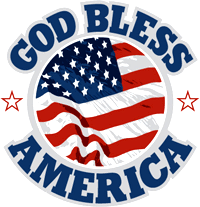 Independence Day fireworks are often accompanied by patriotic songs such as the national anthem “The Star-Spangled Banner“, “God Bless America”, “America the Beautiful”, “My Country”, “Tis of Thee”, “This Land Is Your Land”, “Stars and Stripes Forever”, and, regionally, “Yankee Doodle” in northeastern states and “Dixie” in southern states. Some of the lyrics recall images of the Revolutionary War or the War of 1812.
Independence Day fireworks are often accompanied by patriotic songs such as the national anthem “The Star-Spangled Banner“, “God Bless America”, “America the Beautiful”, “My Country”, “Tis of Thee”, “This Land Is Your Land”, “Stars and Stripes Forever”, and, regionally, “Yankee Doodle” in northeastern states and “Dixie” in southern states. Some of the lyrics recall images of the Revolutionary War or the War of 1812.
Firework shows are held in many states, and many fireworks are sold for personal use or as an alternative to a public show. Safety concerns have led some states to ban fireworks or limit the sizes and types allowed. Illicit traffic transfers many fireworks from less restrictive states.
A salute of one gun for each state in the United States, called a salute to the union, is fired only on Independence Day at noon.
Major displays are held in New York on the East River, in Chicago on Lake Michigan, in San Diego over Mission Bay, in Boston on the Charles River, in St. Louis on the Mississippi River, and on the National Mall in Washington, D.C. During the annual Windsor-Detroit International Freedom Festival, Detroit, Michigan, and Windsor, Ontario, host one of the world’s largest fireworks displays, over the Detroit River, to celebrate both American Independence Day and Canada Day.
While the official observance always falls on July 4th, participation levels may vary according to which day of the week the 4th falls on. If the holiday falls in the middle of the week, some fireworks displays and celebrations may take place during the weekend for convenience, again, varying by region.
 Kids Portal For Parents India Kids Network
Kids Portal For Parents India Kids Network
